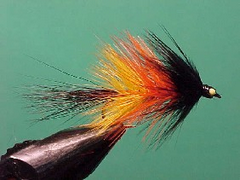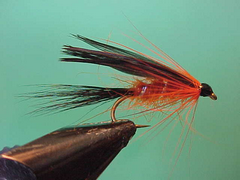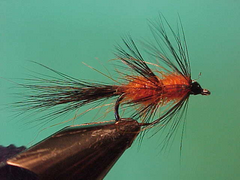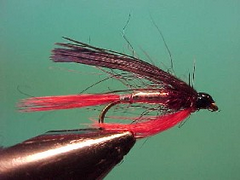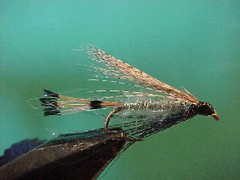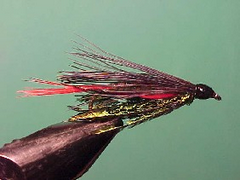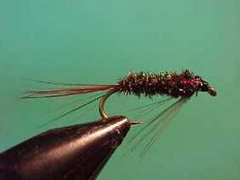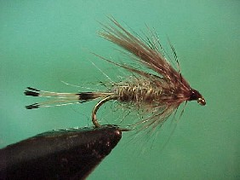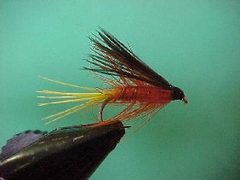Sunset fly
I am confident that my tie is nothing like the original tie, but in my defense many years ago, when I first wanted to tie this fly, a search of all my reference books just didn’t uncover a copy of the original tie. My tie of this fly is however quite easy and delivers a useful and robust fly.

